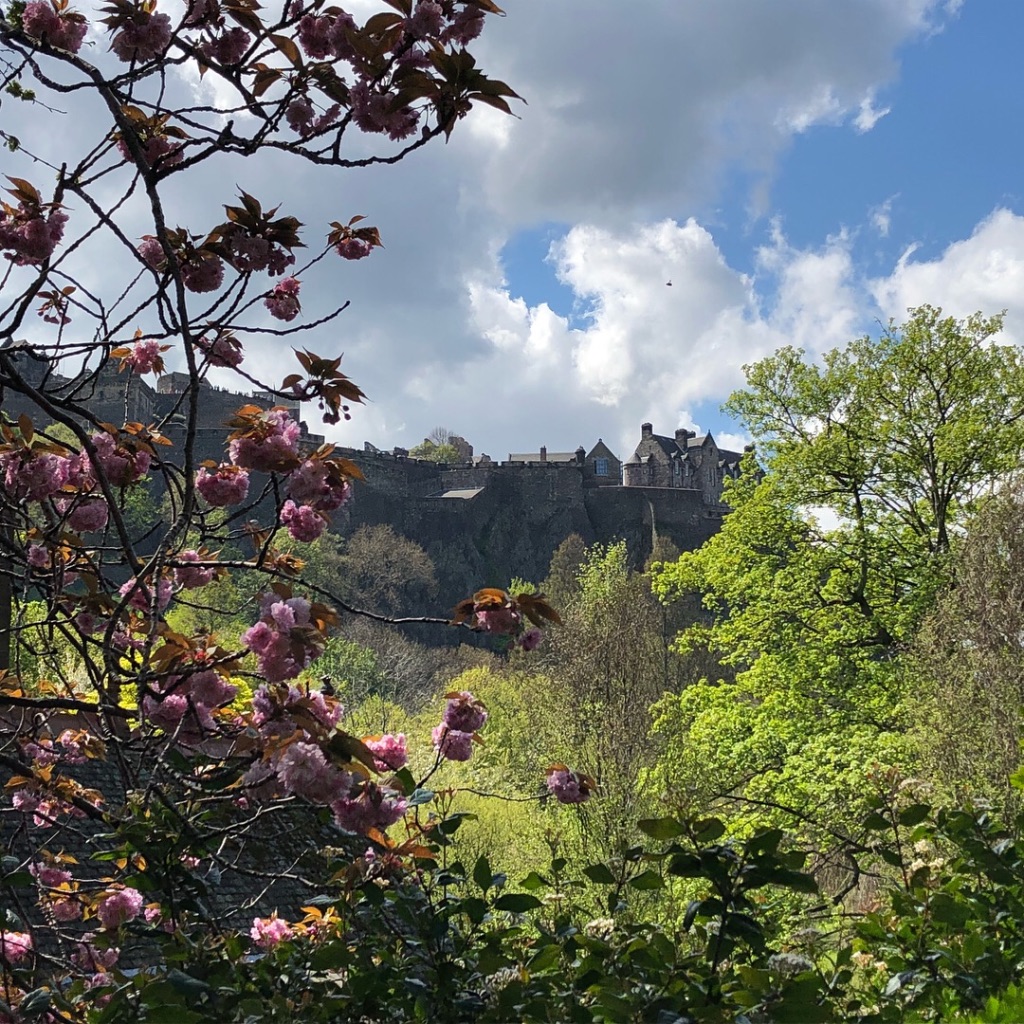I didn’t mean to turn my trip to Edinburgh into an article. It just sort of happened? Read all about it in the August issue of the Singapore American Newspaper:

“Picturesque” is the ideal word for Edinburgh.
If the Gothic architecture and striking geography of Scotland’s capital aren’t enough to convince you, the homegrown arts scene should. Edinburgh is famous for its festivals, concerts and live acts. The annual Edinburgh International Festival features invitation-only performances in music, theater, opera and dance. However, the most well-known is the Edinburgh Festival Fringe as it’s the world’s largest arts festival. Unlike the International Festival, anyone can perform almost any type of act. Last year, there were over 50,000 performances in everything from children’s shows to spoken word to cabaret, though the Fringe is best known for its robust comedy segments.
Similar to Melbourne, Edinburgh is very walkable, and anything that isn’t in walking distance can be reached via a robust network of trams and buses (almost all of which have free Wifi). The general atmosphere is laidback. The people are warm. The food scene is flush with local produce and craft alcohol. Both metropolises have been named Cities of Literature by UNESCO and this year an exchange program was launched to facilitate networking between their robust literary scenes. Even on a casual walk through Edinburgh, you’ll encounter statues and monuments to literary greats such as Sir Walter Scott and Robert Burns.

In addition to being a haven for writers, Edinburgh is wealthy with galleries and museums, many of which are free. I highly recommend the National Gallery for two reasons. One, it features spectacular work by Renaissance masters, including Da Vinci, Raphael and Michelangelo. And two, by studying paintings from hundreds of years ago, it’s possible to see just how little the cityscape has changed over the past millennium. Modern-day Princes Street, one of the main thoroughfares, is instantly recognizable in Alexander Nasmyth’s painting from 1825. This is partly due to regulations that limit the height of newer buildings and partly due to the city’s topography.
The multi-leveled nature of Edinburgh means there are several prime vantage points from which to gaze out over the sprawl. Calton Hill is worth the climb, but Edinburgh Castle, of course, takes the cake. The stone fortress watches over everything from its perch on the aptly-named Castle Rock, as it has done since the 12th century. Boasting just under 1000 years of history, it routinely tops the list of Edinburgh’s must-see sites. It has two spectacular approaches. You can stroll through the verdant Princes Street Gardens and then languidly take a path up a grassy slope that’s populated with daffodils in spring.
Or you can start at the bottom of Old Town and meander up the Royal Mile, which begins at Holyrood Palace and follows the medieval streets directly to the castle gates. Give yourself plenty of time to make stops and detours, as this route passes St. Giles’ Cathedral, the National Museum of Scotland, Scottish Parliament, the University of Edinburgh as well as a plethora of notable restaurants and pubs. There are also numerous secret passages and small, winding stone alleys to explore. Some of them you may already be familiar with, as parts of the Harry Potter movies were filmed here.
Like I said: picturesque.



